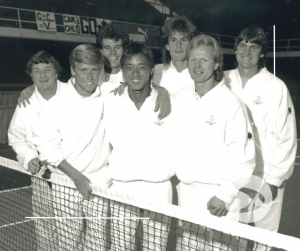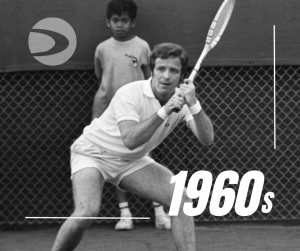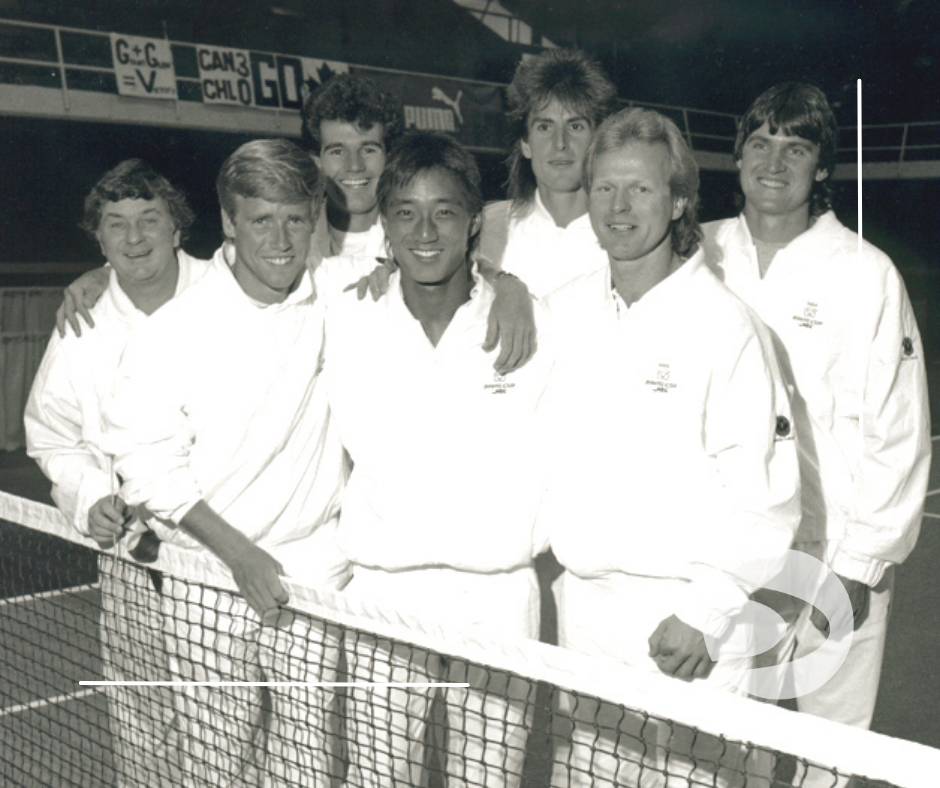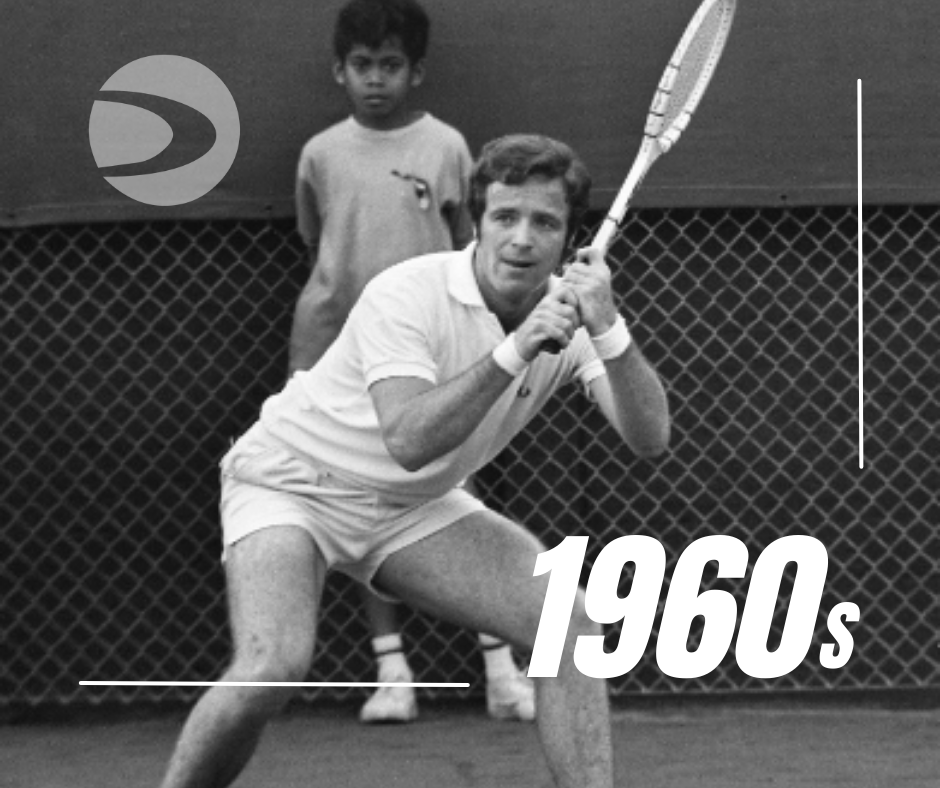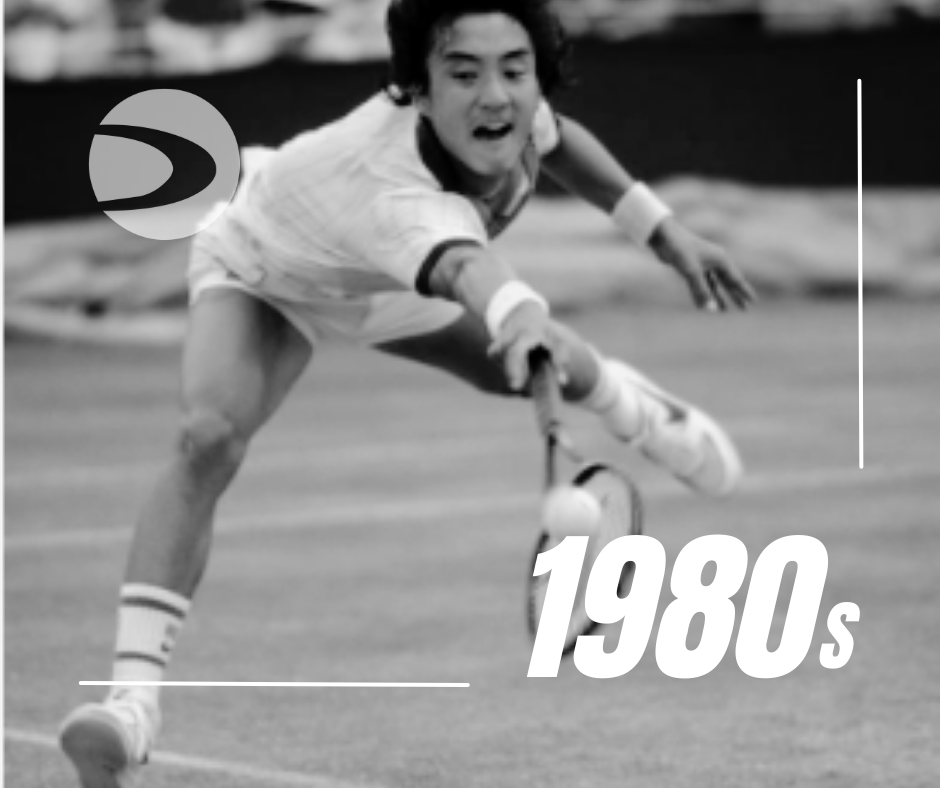After a one year hiatus, world class tennis made its way back onto Canadian soil in the middle of August. With Covid-19 related attendance restrictions still in place, Camila Giorgi won the women’s title in Montreal, while Daniil Medvedev lifted the singles trophy in Toronto. Besides serving as a confirmation that, hopefully, the worst of the pandemic is behind us, the fact the the National Bank Open could have taken place is critical for the future of Canadian tennis in a multitude of ways.
#1: Financial
By far the most important benefit of hosting the National Bank Open is the financial one; the revenues generated from the tournament essentially fund the operations of Tennis Canada. According to Tennis Canada CEO Michael Downey: “…some 94 per cent of what we spend comes from (then) Rogers Cup revenue and fundraising.” As a result of not being able to host the tournament last year, Tennis Canada has to lay off about a third of its employees, while the remaining staff had to accept significant pay cuts. Furthermore, Tennis Canada’s support of its promising juniors, as well as the ability to promote the game through various community programs and grassroots initiatives was severely limited. This all came at a time when the success of players like Felix Auger-Aliassime, Denis Shapovalov, and Bianca Andreescu can inspire the next wave of tennis fans across Canada.
In general, the revenue generated from a tennis tournament such as the National Bank Open will come from three main sources: sponsorships, television rights, and gate receipts (tickets and concessions). The tickets and concessions are a significant part of the revenue stream: for example, at the US Open, about 50% of the revenue generated by the tournament comes from ticket sales and concessions. It is reasonable to assume that the National Bank Open’s revenue breakdowns will be similar, and that’s why it was important to allow at least a limited amount of fans onto the grounds. While the revenue from the tournament will not be the same as it was before the pandemic, Tennis Canada can breathe a sigh of relief that it will have the resources to fund its operations, albeit still at a reduced capacity, for the next 12 months.
#2: Popularity of Tennis
With the recent changes in the Davis Cup and Billie Jean King Cup (formerly known as the Fed Cup) formats, the National Bank Open is the only opportunity for tennis fans in Canada to witness the highest level of professional tennis up close and personal. I currently coach at ACE Tennis’ location at Toronto Tennis City, and the majority of our juniors, as well as our adult members, have made their way to the Aviva Center while the tournament was going on. Not only did they see tennis at its highest level, but some of the lessons we preach as coaches have been reinforced. Let me give you an example; I currently coach a player with a one-handed backhand, and one of the issues we’re trying to correct is to lean more into the backhand, as opposed to hitting it off of his back leg. This particular player went to the National Bank Open one day to watch Stefanos Tsitsipas. I suggested that he pay special attention to Tsitsipas’ footwork. He sent me this picture:

Notice how Tsitsipas’ weight is on his front leg following a backhand groundstroke. A picture is worth a thousand words, and now the player has a confirmation and motivation to work on his backhand. I would not get the same buy-in if I instructed him to merely watch Tsitsipas’ footwork on television. It would have been even better if the players could roam the Aviva Center and watch the players practice, but let’s save that hope for next year.
#3 – Player Development
Having the ability to grant wild cards into the event for promising young juniors is beneficial for their development in many ways. Let’s take Liam Draxl as an example. Liam is 19 years old, currently competing for the University of Kentucky at the NCAA Division 1 level. He was given a wild card into the qualifying event of the National Bank Open, where he faced Tommy Paul in the first round. Tommy Paul is currently ranked #53 in the ATP rankings. Despite losing the match 6-7 4-6, Liam got invaluable experience from the event.
First, he saw that he can compete with a player ranked close to the top 50 in the world. He now knows how Paul attacked his weaknesses, and what areas of his game he needs to work on. Having lost a close match, Liam can be encouraged by the fact that his level is not that far off from a player of Paul’s caliber.
Furthermore, I am assuming Liam spent the days before the tournament practicing with other professionals participating in the event. He saw how they prepare for practices, how they focus, and can now try to emulate those behaviors to speed up his development.
Finally, Liam got a taste of what participating in a major tennis event feels like. From media obligations, scheduling, to fulfilling ticket requests from friends and family, all those little things are important to learn to manage. At a smaller tournament, one can usually just focus on the tennis, but the bigger stage comes with additional responsibilities. It was good for Liam to experience all of this first hand, so that it won’t come as a surprise the next time.
Was the National Bank Open ideal? No. We would have loved to see a Canadian lift the singles trophy, while full stands cheer them on. But the fact that the tournament went on is a positive development all around. Hopefully the 2022 edition will be free of any restrictions, and we’ll be able to enjoy the highest level tennis like we used to.
By Michal Kokta, Tennis Editor & High Performance Coach with ACE Tennis


